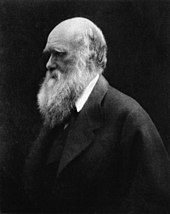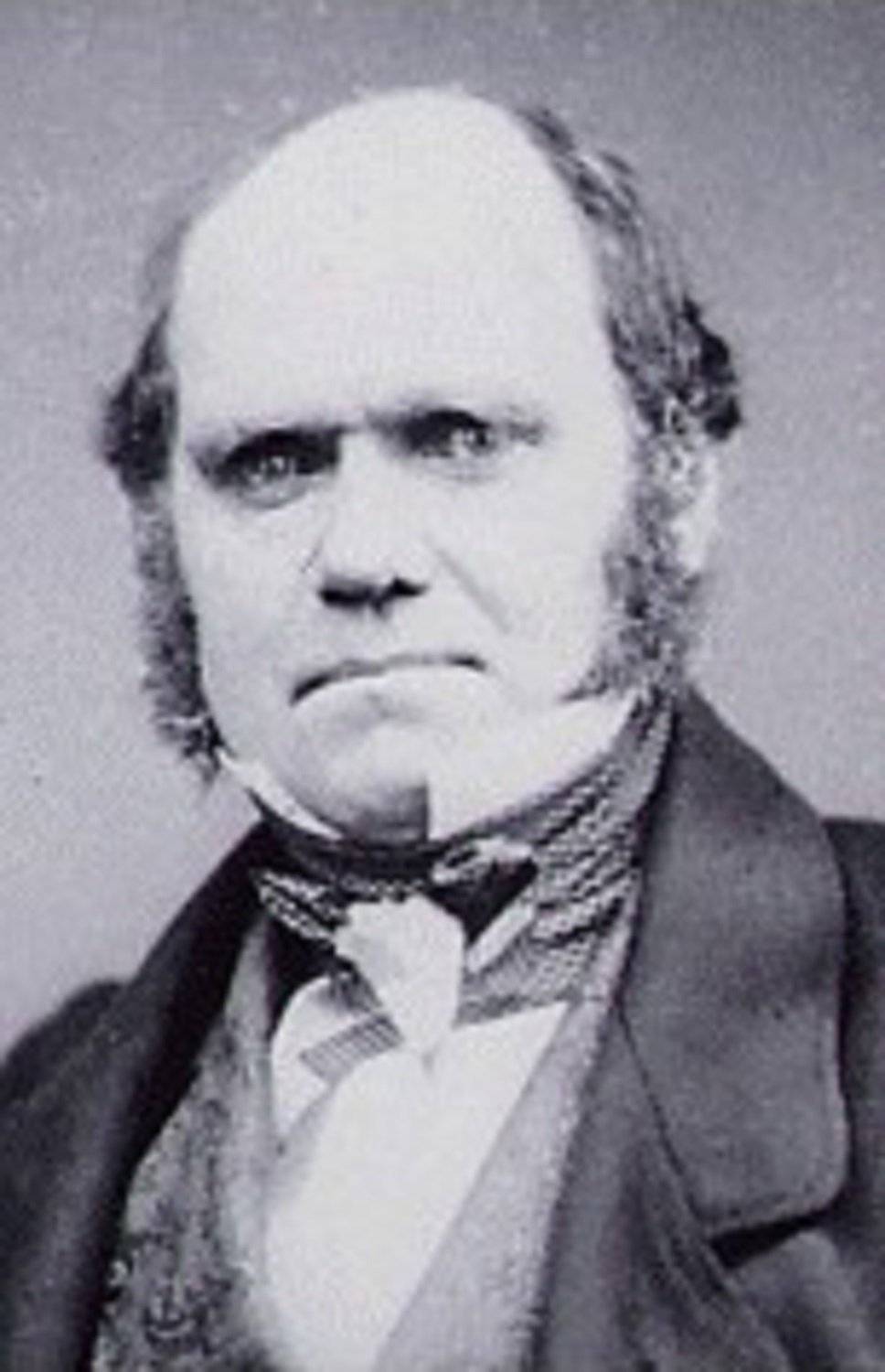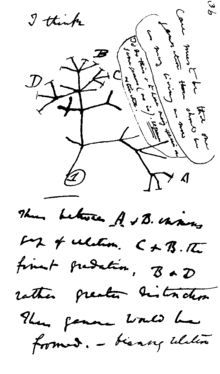Legacy
-
Portrait of Aristotle. Pentelic marble, copy of the Imperial Period (1st or
2nd century) of a lost bronze sculpture made by Lysippos
More than twenty-thre...
14 years ago

| Darwin and his eldest son William Erasmus Darwin in 1842. | |
| Darwin's Children | |
|---|---|
| William Erasmus Darwin | (27 December 1839–1914) |
| Anne Elizabeth Darwin | (2 March 1841–23 April 1851) |
| Mary Eleanor Darwin | (23 September 1842–16 October 1842) |
| Henrietta Emma "Etty" Darwin | (25 September 1843–1929) |
| George Howard Darwin | (9 July 1845–7 December 1912) |
| Elizabeth "Bessy" Darwin | (8 July 1847–1926) |
| Francis Darwin | (16 August 1848–19 September 1925) |
| Leonard Darwin | (15 January 1850–26 March 1943) |
| Horace Darwin | (13 May 1851–29 September 1928) |
| Charles Waring Darwin | (6 December 1856–28 June 1858) |



As many more individuals of each species are born than can possibly survive; and as, consequently, there is a frequently recurring struggle for existence, it follows that any being, if it vary however slightly in any manner profitable to itself, under the complex and sometimes varying conditions of life, will have a better chance of surviving, and thus be naturally selected. From the strong principle of inheritance, any selected variety will tend to propagate its new and modified form.He put a strong case for common descent, but avoided the then controversial term "evolution", and at the end of the book concluded that:
In October 1838, that is, fifteen months after I had begun my systematic enquiry, I happened to read for amusement Malthus on Population, and being well prepared to appreciate the struggle for existence which everywhere goes on from long-continued observation of the habits of animals and plants, it at once struck me that under these circumstances favourable variations would tend to be preserved, and unfavourable ones to be destroyed. The result of this would be the formation of new species. Here, then, I had at last got a theory by which to work...Malthus asserted that unless human population is kept in check, it increases in a geometrical progression and soon exceeds food supply in what is known as a Malthusian catastrophe. Darwin was well prepared to see at once that this also applied to de Candolle's "warring of the species" of plants and the struggle for existence among wildlife, explaining how numbers of a species kept roughly stable. As species always breed beyond available resources, favourable variations would make organisms better at surviving and passing the variations on to their offspring, while unfavourable variations would be lost. This would result in the formation of new species. On 28 September 1838 he noted this insight, describing it as a kind of wedging, forcing adapted structures into gaps in the economy of nature as weaker structures were thrust out. By mid December he saw a similarity between farmers picking the best breeding stock and a Malthusian Nature selecting from chance variants so that "every part of newly acquired structure is fully practical and perfected",thinking this comparison "a beautiful part of my theory".

